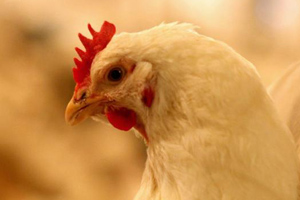Study: Broiler stunning methods

ABSTRACT: Broiler stunning is conducted to produce a rapid onset of insensibility prior to slaughter. Researchers in the US investigated the 3 different methods of stunning and their effects of welfare, rigor mortis and meat quality.
By P Joseph, MW Schilling, JB Williams, V Radhakrishnan, V Battula, K Christensen, Y Vizzier-Thaxton and TB Schmidt
Though most broiler plants use electrical stunning applications, gas stunning, and low-atmosphere pressure stunning are also available for commercial applications. All three of these stunning methods are able to meet animal welfare requirements and produce meat with acceptable quality.
However, each method differs in their mechanisms of stunning, rigor mortis patterns, and physical meat characteristics.
In addition, gas stunning and low-atmosphere pressure stunning have received interest over the past decade as part of an effort to further improve animal welfare.
Researchers have reported that gas and low-atmosphere pressure stunning both have potential advantages over electrical stunning with respect to broiler welfare and deboning time, which has been attributed to shackling post-stunning.
The paper focuses on these three stunning methods and their impact on animal welfare, physiology, rigor mortis patterns, carcass characteristics, and meat quality.
| This is an abstract from the World ‘s Poultry Science Association‘s Journal. To purchase report options: Purchase this report from Cambridge Journals Subscribe to WPSA journal (already a WPSA member) Become a WPSA member (word file) (pdf file) |












